- January 14, 2025
-
-
Loading

Loading
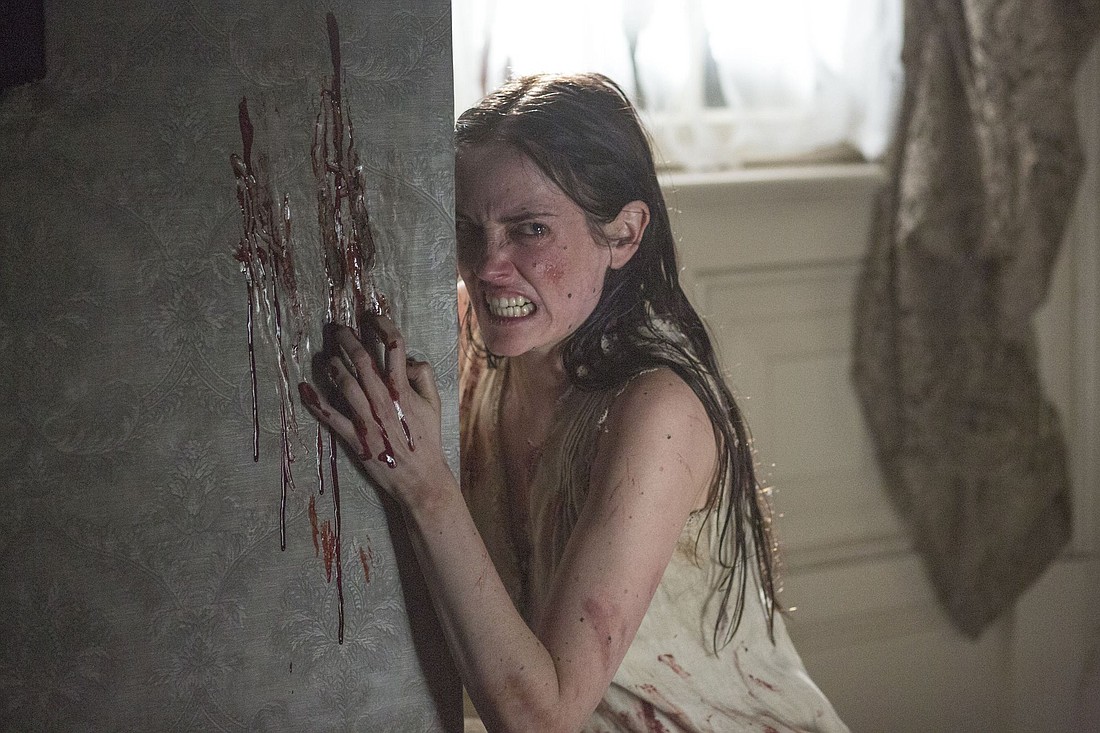
MUAHAHAHAHAHA!
(I’ve always wanted to do that.)
Welcome to Cringe Blog, Binge Blog’s creepy cousin taking over for the month of October. Prepare to discuss all things chilling, terrifying, haunting, petrifying and other scary words that end in -ing. We also might throw in a few things — like one of today’s offerings — that poke fun at Hollywood’s favorite horror tropes, because if you can’t laugh at your fear, what good is it?
Speaking of, I’ve written a little bit before about why I like horror films and thrillers, but why do humans in general like them? There’s no definitive answer, but psychologists like Glenn D. Walters believe three factors contribute to the phenomenon.
According to Walter's 2004 study "Understanding the Popular Appeal of Horror Cinema," the first factor is tension, either through the storyline, direction or music. This makes sense. Tension (or, at least, conflict) is present in any good story. When that tension is eventually resolved, it creates a release, which humans enjoy. In horror films, the tension arises from mystery, dread or, yes, violence and gore.
Factor number two is relevance. Humans like to relate to others. If it’s not through actions, then it’s through thoughts and feelings. All of us get scared sometimes. We think about the afterlife, or lack thereof. We think about what’s hiding in our oceans, or down a dark alley. We think about people abusing their power to keep those under them down. All of these things can play into horror films, a good example being last year’s smash hit “Get Out.” It showcased the fear of being killed, the fear of the unknown (“Something’s wrong with this family, but I don’t know what”), and the fear of power imbalance and institutional racism. We relate to characters having these fears, and the messages/themes the movies present from them. It’s not said in national film media enough, but horror movies lately have done some of the best storytelling, in terms of theme, of any genre. “Hereditary,” “The Babadook,” “It Follows” and “Annihilation” are examples of this. The scares themselves aren’t the point, they’re stepping stones to further your journey towards the point.
Factor three is a lack of realism. If the “Halloween” movies were a documentary, they would be difficult to watch. On some level, we are always aware that the films we are watching aren’t reality. No one is truly being stalked by a psychopath. Children have a harder time making this distinction, which is why we all remember that one movie we watched way too young that scarred us for days, or weeks, afterwards. For me, it was “The Omen,” which my sister showed me when I was, oh, I don’t know, 8? I’m still weary about creepy kids today. Adults are harder to frighten. Even though we may “feel” scared, we know we’re fine. A 2010 study from Thomas Straube found that watching scary scenes activates the visual cortex, insular cortex and prefrontal cortex, among other areas, but not the amygdala, or the brain’s emotional center. We self-induce fear because we know the movie wants us to feel that way, and as filmgoers we give ourselves to the film.
Of course, it’s going to take a lot more research than that to get a concrete answer. It doesn’t explain why some people hate the feeling of self-induced fear, or why some people feel more tension in ghost stories than courtroom dramas and vice versa. But it’s a start, and if you’re someone who is slightly horror-averse, maybe this knowledge will lead to you giving the genre a shot. I was one of you as recently as three years ago, after all, and I’ve fully swung to the other side.
This week’s recommendations make a great starting point.
Showtime Anytime, rated TV-MA, 27 episodes, 60-minute run time
The reason this wonderfully done and woefully under-watched show is a great starting point is it mixes characters you know from classic literature with those you don’t. The series, named for serialized literature works of horror popular in the United Kingdom in the 1800s that cost (you guessed it) a penny, tells a complex story, but the gist is this: An explorer named Sir Malcolm Murray (Timothy Dalton) sets out to find his daughter Mina Harker (Olivia Llewellyn), who has been kidnapped by something ... not of the natural world. To find her, he enlists the services of American strongman Ethan Chandler (Josh Hartnett), Mina’s childhood best friend Vanessa Ives (a spellbinding Eva Green) and a doctor whose name you may have heard: Victor Frankenstein (Harry Treadaway).
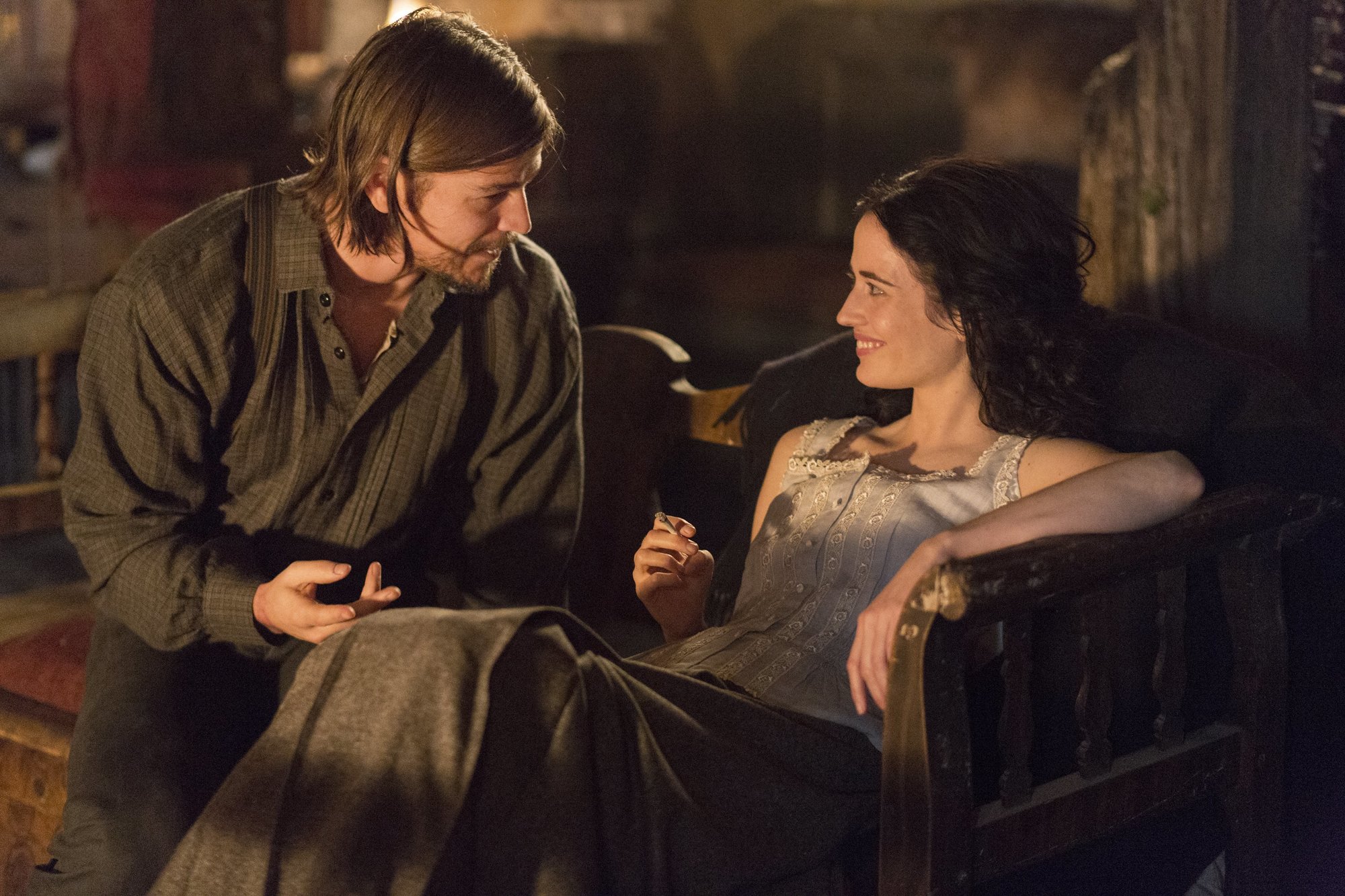
Hardcore horror fans may also recognize Harker’s name, and have an idea of what took her. There’s a subplot involving Ives’ friendship with another famous character, Dorian Gray (Reeve Carney), and Ives herself is haunted by something in her head — or maybe outside it. And there’s something about Chandler hiding under the surface, too. Something ... animalistic. The story moves far beyond the "search for a missing girl" trope into ruminations on love and the absence thereof. Plus, uh, the hunting of supernatural beasts and such.
“Penny Dreadful” is a lot of things, but foremost among them is disquieting. Watching it, you know something could go wrong for any of the characters at any moment. The visuals alone make your skin crawl, and then you throw the music and dialogue and ... man. It’s like playing Russian Roulette for an hour, waiting for the bullet, because you know it’s coming eventually. That’s the tension I mentioned in this column’s intro. “Penny Dreadful” takes the show’s tension and winds it tighter than a rubber band ball. It’s the scariest show I’ve ever watched because it knows how to scare adults, not children or teenagers. It's a hard TV-MA.
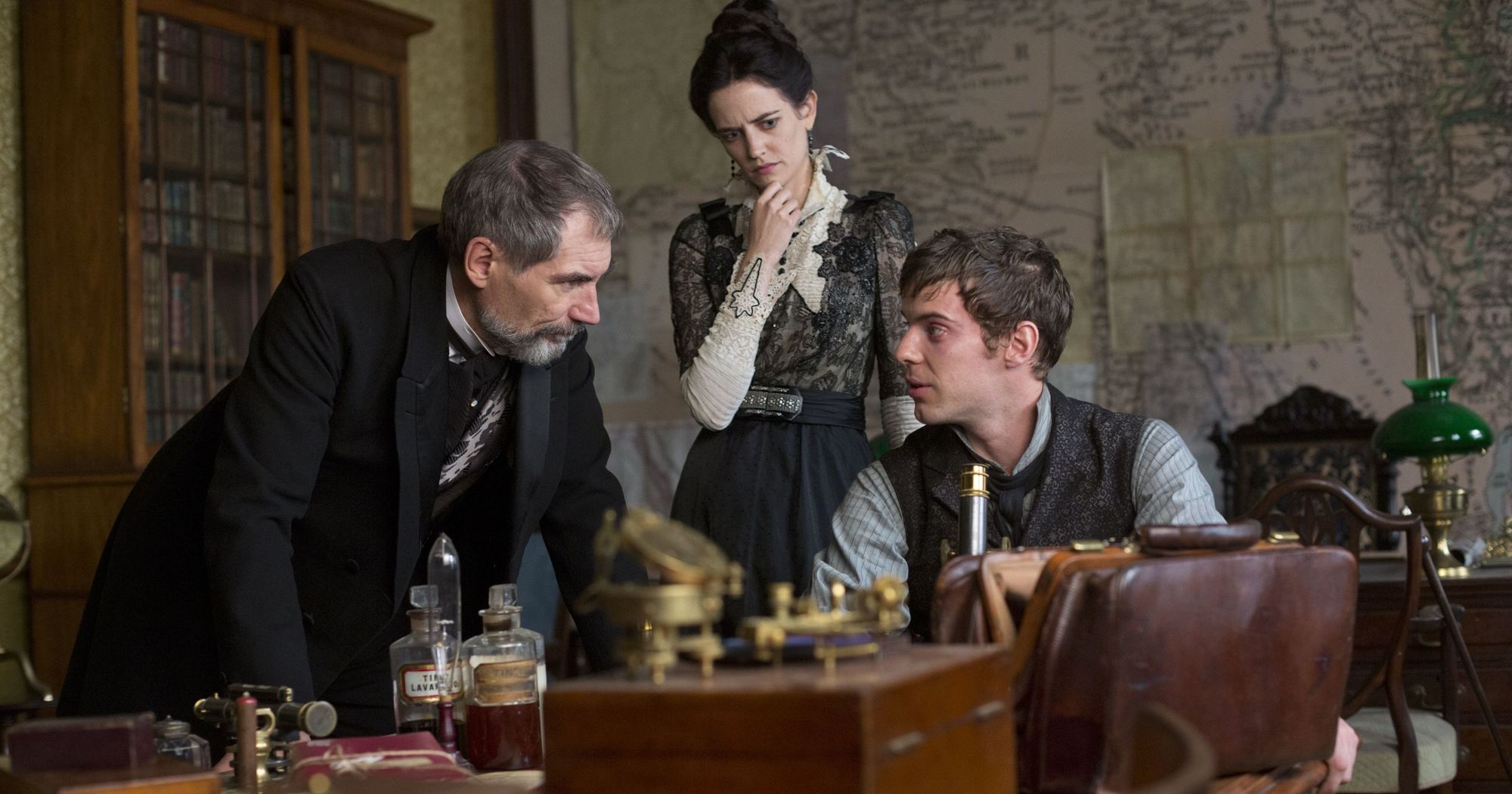
It’s also darkly funny in a British way that I love, and often sexy, and sometimes genuinely sweet, and always makes over-the-top amounts of blood seem beautiful. Green’s performance as Ives is the most visceral one I’ve ever seen and her never even getting an Emmy nomination for it is the crime of the century. (She did get Golden Globes and Critic’s Choice noms, but no wins. An outrage.)
More literary references come up the deeper into the show you get, and spoiling them would rob the show of some of its appeal. Rest assured that “Penny Dreadful” takes these iconic figures and twists them into something fresh. Dr. Frankenstein, for instance, is a drug addict. It’s a small detail, but it humanizes these larger-than-life characters and makes them feel real. (Factor number two.)
There’s something unknowable about this wonderfully weird series. When you think you have its voice figured out, it changes. Through it all is one constant, and it’s titular. The show truly puts the “dread” in “Penny Dreadful,” in the most gorgeous and thrilling way possible.
Netflix, rated R, 89 minutes
A group of college kids go to a cabin in the woods on vacation intending to party, but instead meet the murderous specters waiting to turn them into dust.
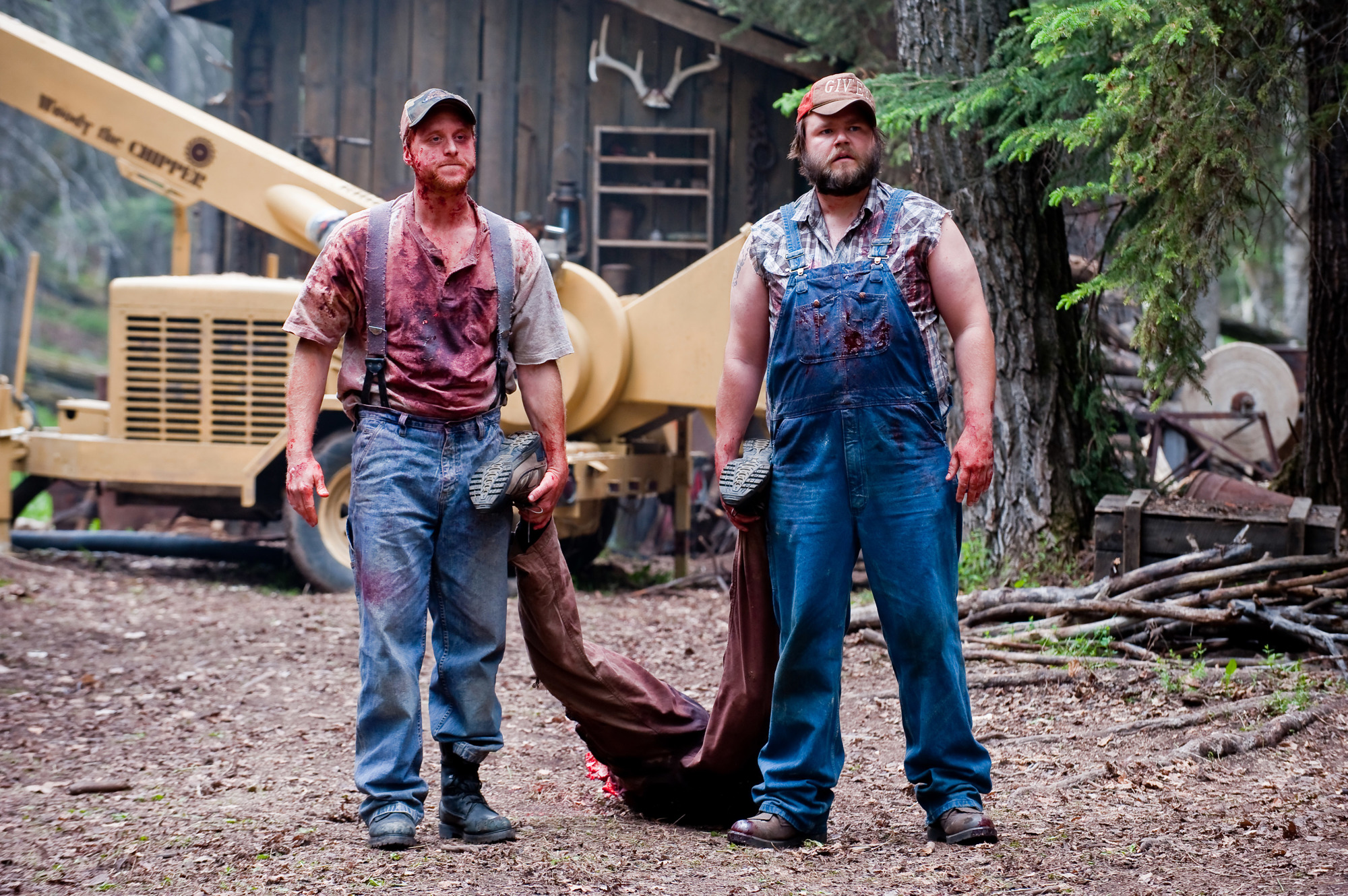
We’ve all seen this movie, right? Ok, but what if it was from the perspective of the murderous specters? And what if the murderous specters were actually just two normal dudes trying to have a productive weekend? And what if all the bad things that happen are actually the result of a huge misunderstanding?
That’s the premise of “Tucker and Dale vs. Evil,” which sees best friends and mountain men Tucker (Alan Tudyk) and Dale (Tyler Labine) take a weekend visit to a decrepit cabin they bought in hopes of fixing it up. On the way, they run into a group of seven college students on break led by Allison (Katrina Bowden) and Chad (Jesse Moss). When the kids see Tucker and Dale, their minds race to horror films of the past and get scared. Eventually, their fear-for-no-reason turns into real-life scares — through no fault of the two camo-clad men just trying to fix their cabin. And as it turns out, one of the college kids might have an evil streak of their own.
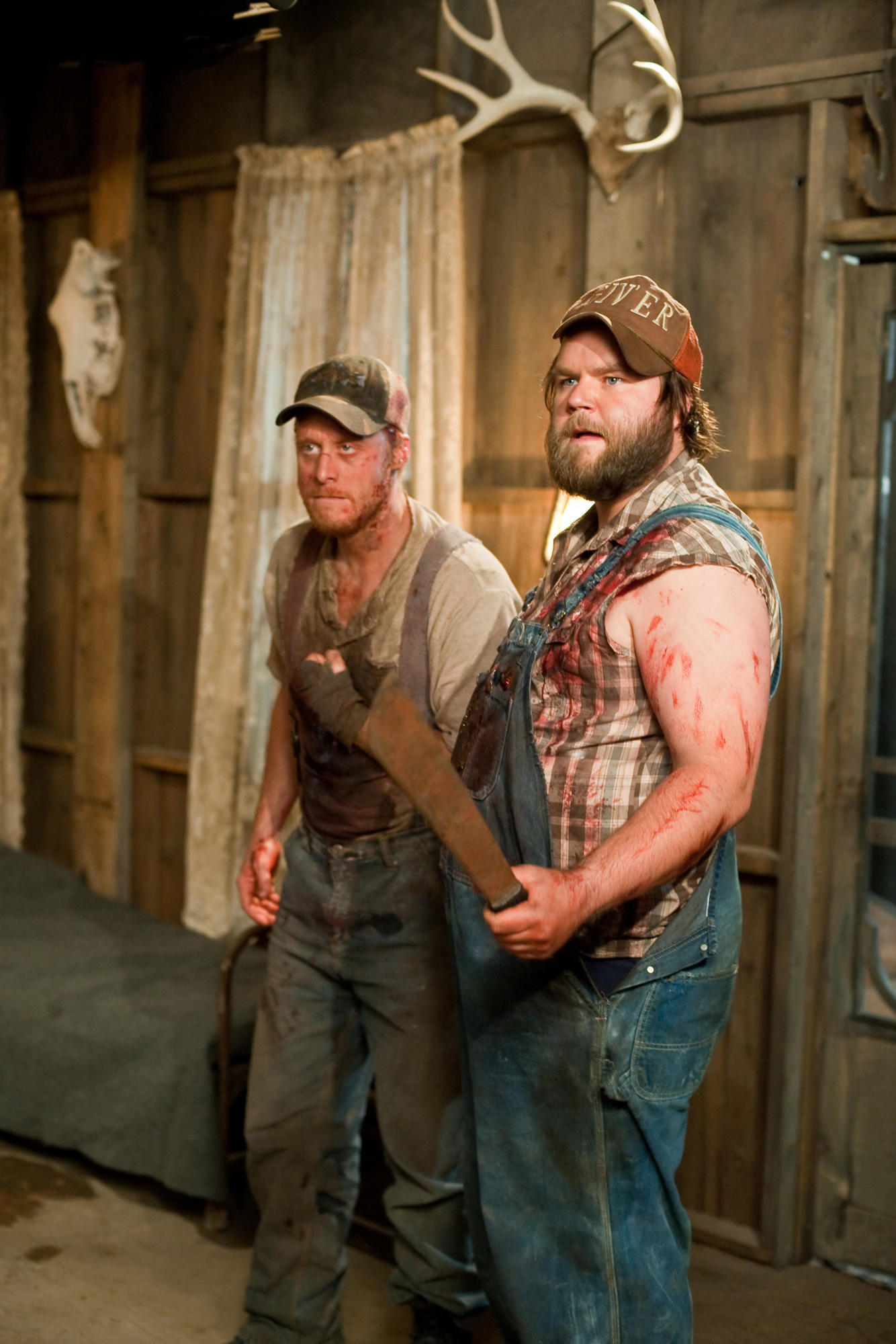
(I mean, it’s right there in the title. That’s not a spoiler so much as being honest about plotting.)
The movie plays on all the tropes you expect from slasher flicks: handheld video footage, a tall tale about a horrific crime that happened 20 years earlier, over-the-top sexualization, inept police departments and comic kills. A sequence involving a chainsaw and some bees is worth the less-than-90 minutes of running time on its own.
There are a few moments of terror in the film's climax, but even those are, more often than not, punctuated by punchlines. It’s the type of “so dumb, it’s brilliant” comedy that makes the perfect remedy to all the typical terrifying offerings of October, or a beginning point for someone trying out the genre.
Some quick notes before we wrap up: Some former Binge Blog recommendations are coming back this week. Season two of “Big Mouth” hit Netflix today, and “Riverdale” returns to The CW for season three on Oct. 10.
Until next week, stay spooky, y'all.